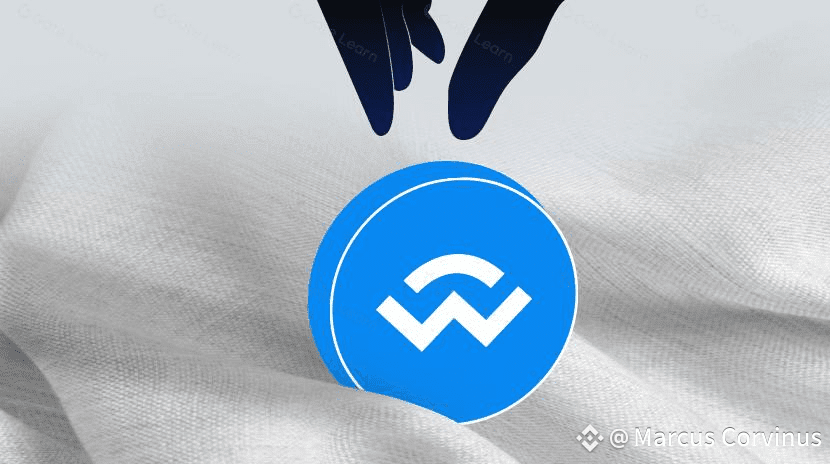If you’ve been around the crypto space for a while, you’ve probably seen that annoying pop-up: Connect your wallet. For a beginner, it can feel like walking into a party where everyone knows each other, but you’re stuck at the door because nobody knows you yet. That’s exactly the problem @WalletConnect set out to solve – making it simple and safe for wallets and decentralized apps (dApps) to shake hands.
They’re not a wallet themselves. They’re the middle-ground, the translator, the bridge. I like to think of @WalletConnect as the friendly tour guide that takes you around different blockchains without letting you get lost.
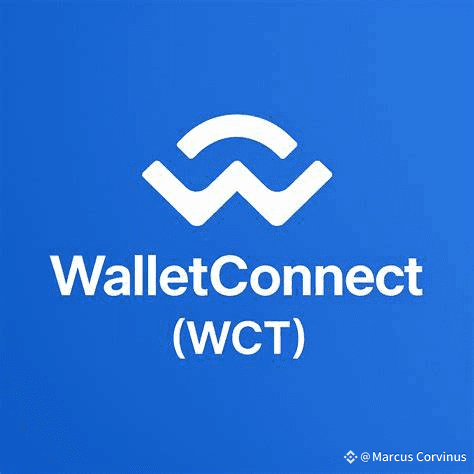
How It Started
Back in 2018, a developer named Pedro Gomes saw how messy it was to connect wallets to apps. Every wallet had its own system, every dApp had to support multiple integrations, and it felt like a tech spaghetti bowl. He thought – what if there was one universal, open-source way to connect everything?
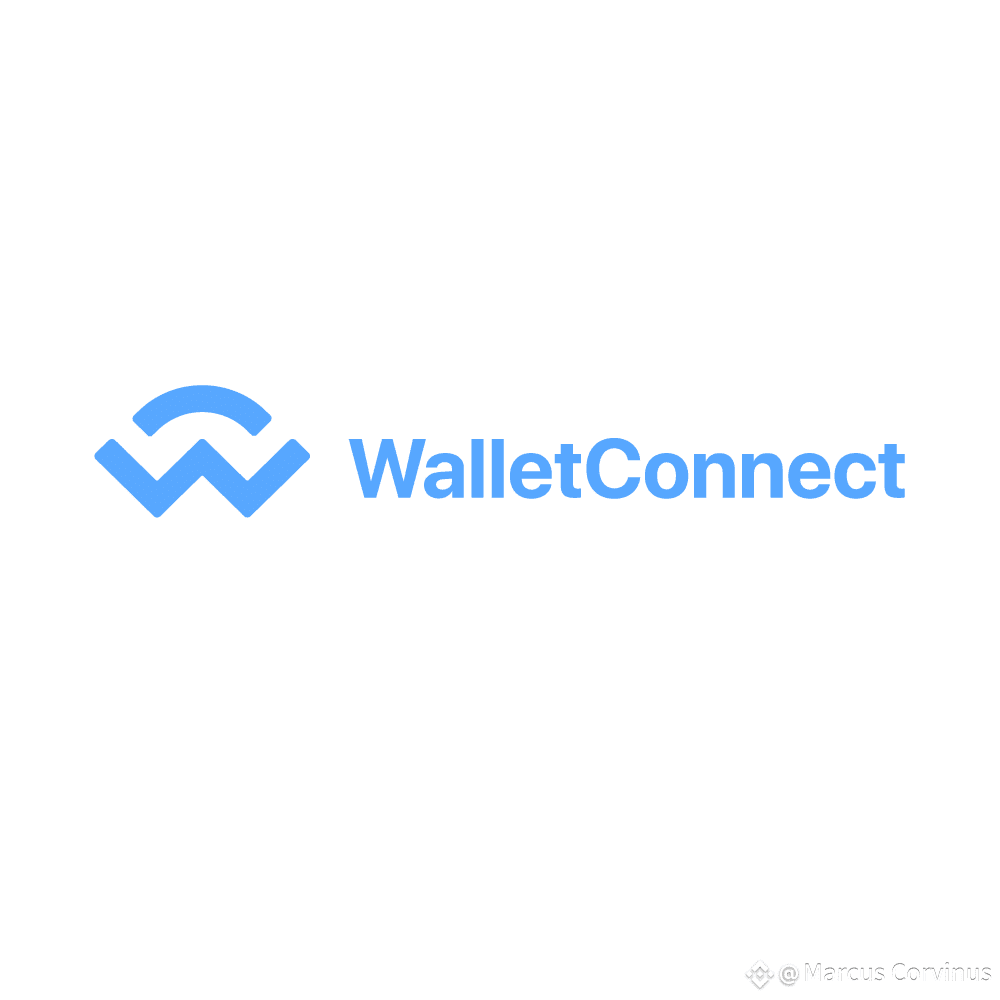
And that’s how WalletConnect was born.
What It Actually Does
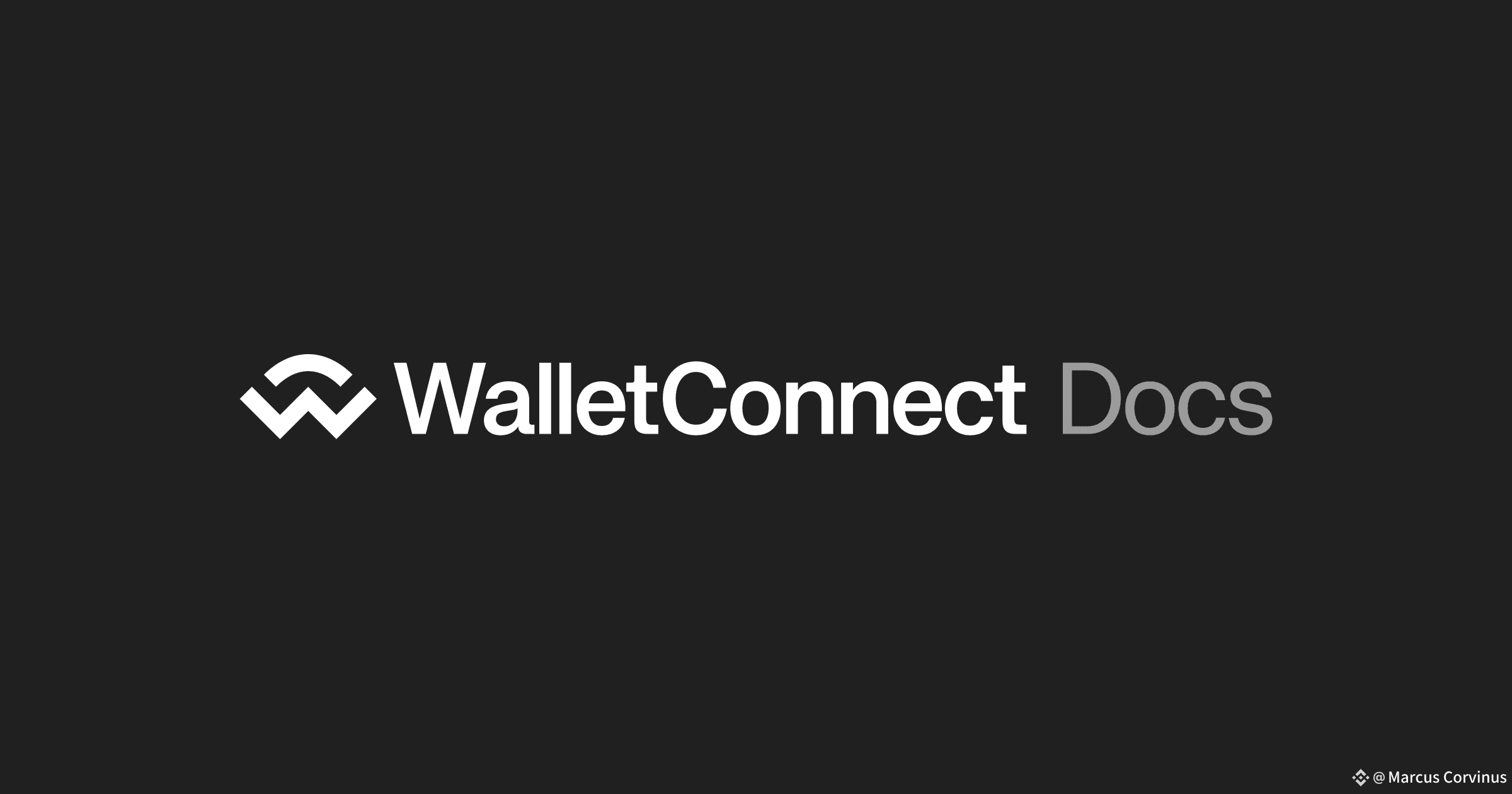
In the simplest words, WalletConnect lets your crypto wallet talk to a dApp in a secure way.
You scan a QR code or click a deep link
A secure channel is created between your wallet and the app
Transactions or signatures can be sent back and forth
No need to type private keys, no exposing your wallet to shady scripts – everything is end-to-end encrypted.
If I want to use a DeFi app, NFT marketplace, or a blockchain game, I can connect my wallet in seconds – and I don’t have to care if I’m on Ethereum, Polygon, Solana, or whatever chain they’re using. WalletConnect doesn’t play favourites – it’s chain-agnostic.
The Big Numbers
Now, numbers don’t lie – and WalletConnect’s growth has been wild. They’ve got:
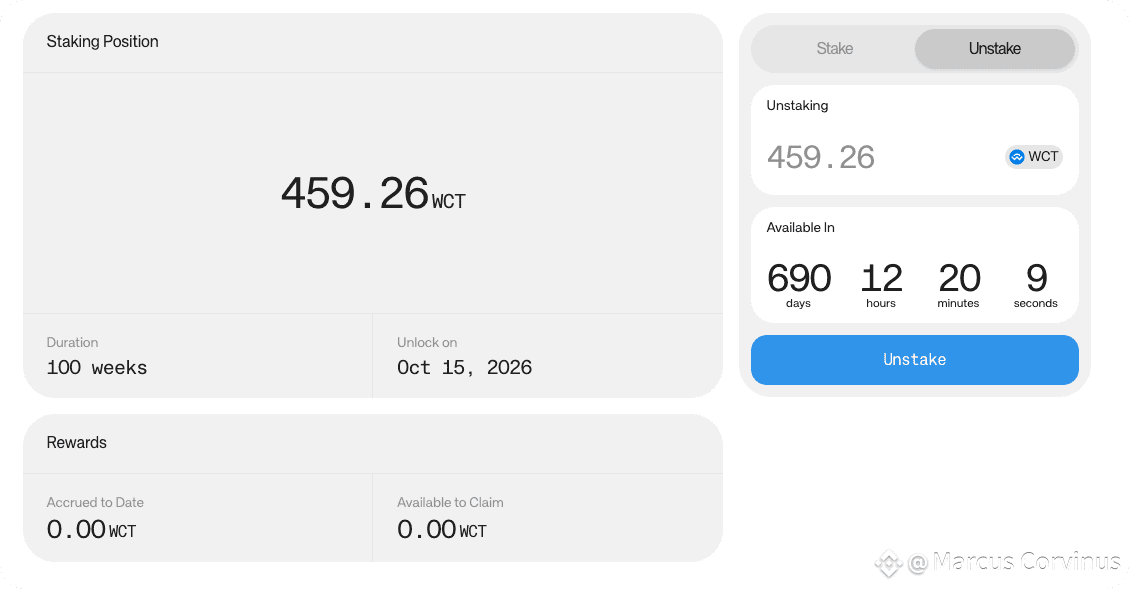
Support for 600+ wallets
Compatible with 65,000+ dApps
Over 47.5 million unique users have connected through it
More than 300 million secure connections made so far
If you think about it, that’s basically half of Web3’s active world touching WalletConnect in some way.
Enter the $WCT Token
You might be wondering – okay, but where does WCT come in?
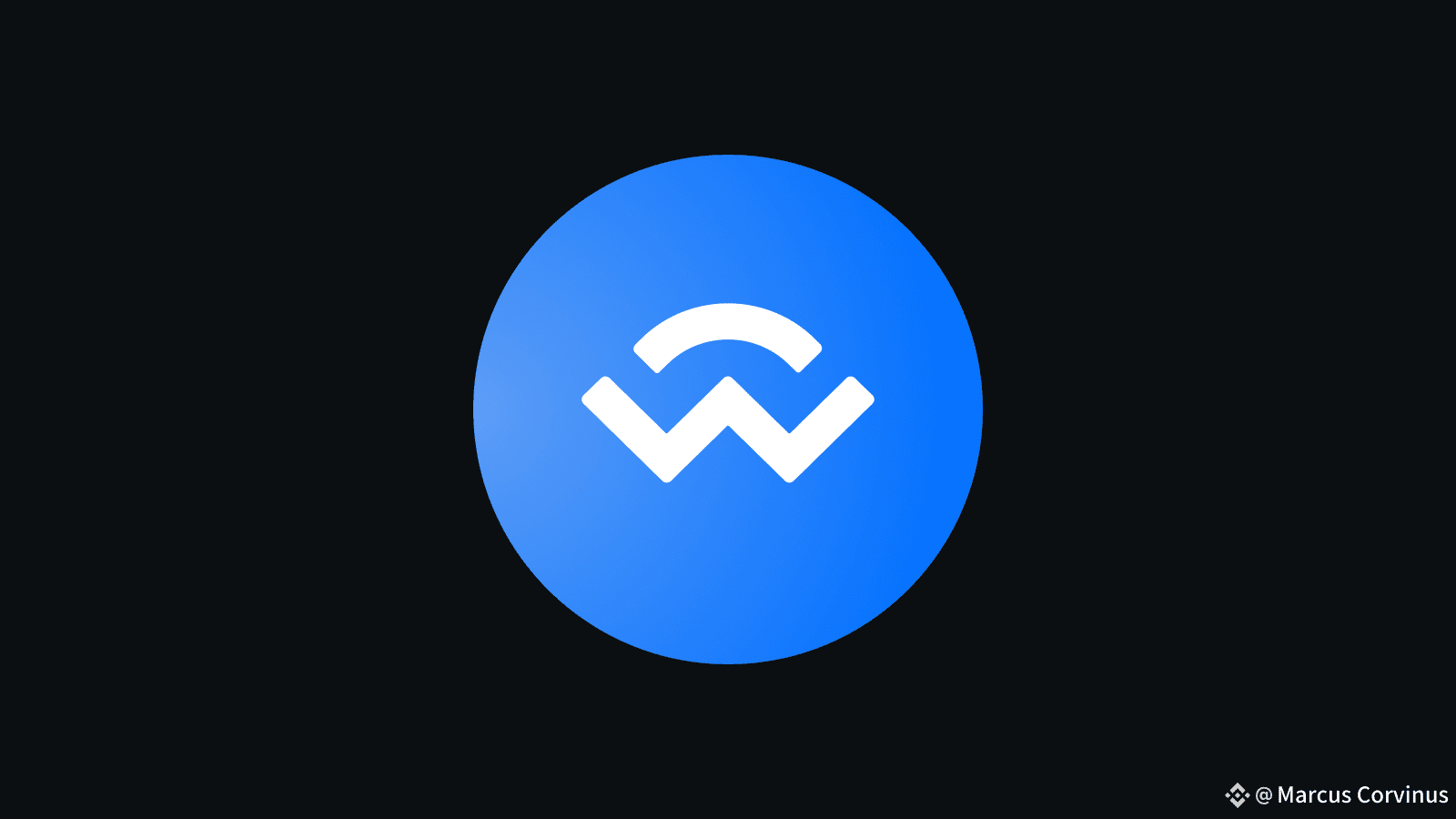
$WCT is the native token of the WalletConnect Network. They launched it to give power back to the community and keep things decentralized. Here’s what it’s for:
1. Staking – If you run a node in the WalletConnect Network, you stake WCT to participate and earn rewards
2. Governance – Holding WCT means you get to vote on decisions about the network’s future
3. Fees – Some premium or advanced services may be paid in WCT
4. Incentives – Developers, wallet providers, and dApp builders can be rewarded in WCT for improving the ecosystem
They’ve even made it multichain – WCT exists on Optimism and Solana, so users can choose the chain they prefer.
Why I Think It’s Important
I’m not here to hype tokens – but WalletConnect has one thing a lot of projects dream about: real adoption.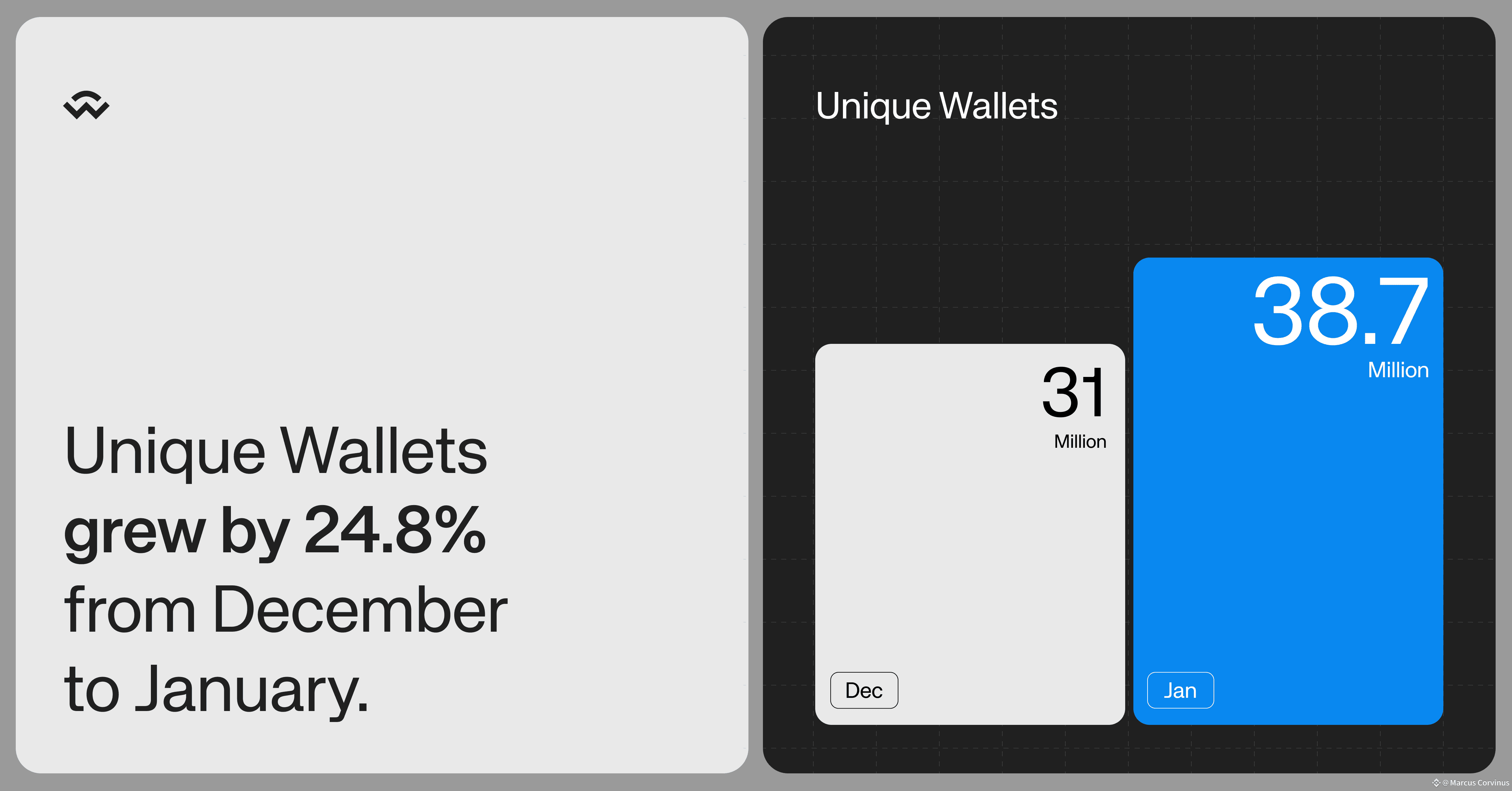
They didn’t start with a coin and then go looking for a use case. They solved a real problem first. Then, when the network grew massive, they introduced WCT to make the whole thing sustainable and community-driven.
If you’ve used MetaMask, Trust Wallet, Phantom, Ledger Live, or even Rainbow Wallet – chances are you’ve already touched WalletConnect without even realizing it.
Security & Privacy
One of the best things? They don’t hold your funds. WalletConnect isn’t a custodian – they just pass encrypted messages between your wallet and the app. That means even if their servers were gone tomorrow, your crypto is still safe in your wallet.
It’s a bit like having a secure postal service that can’t open your letters, even if they tried.
The Road Ahead
WalletConnect is moving towards a fully decentralized network of relay nodes. That means anyone could run a node, stake WCT, and help keep the connections flowing.
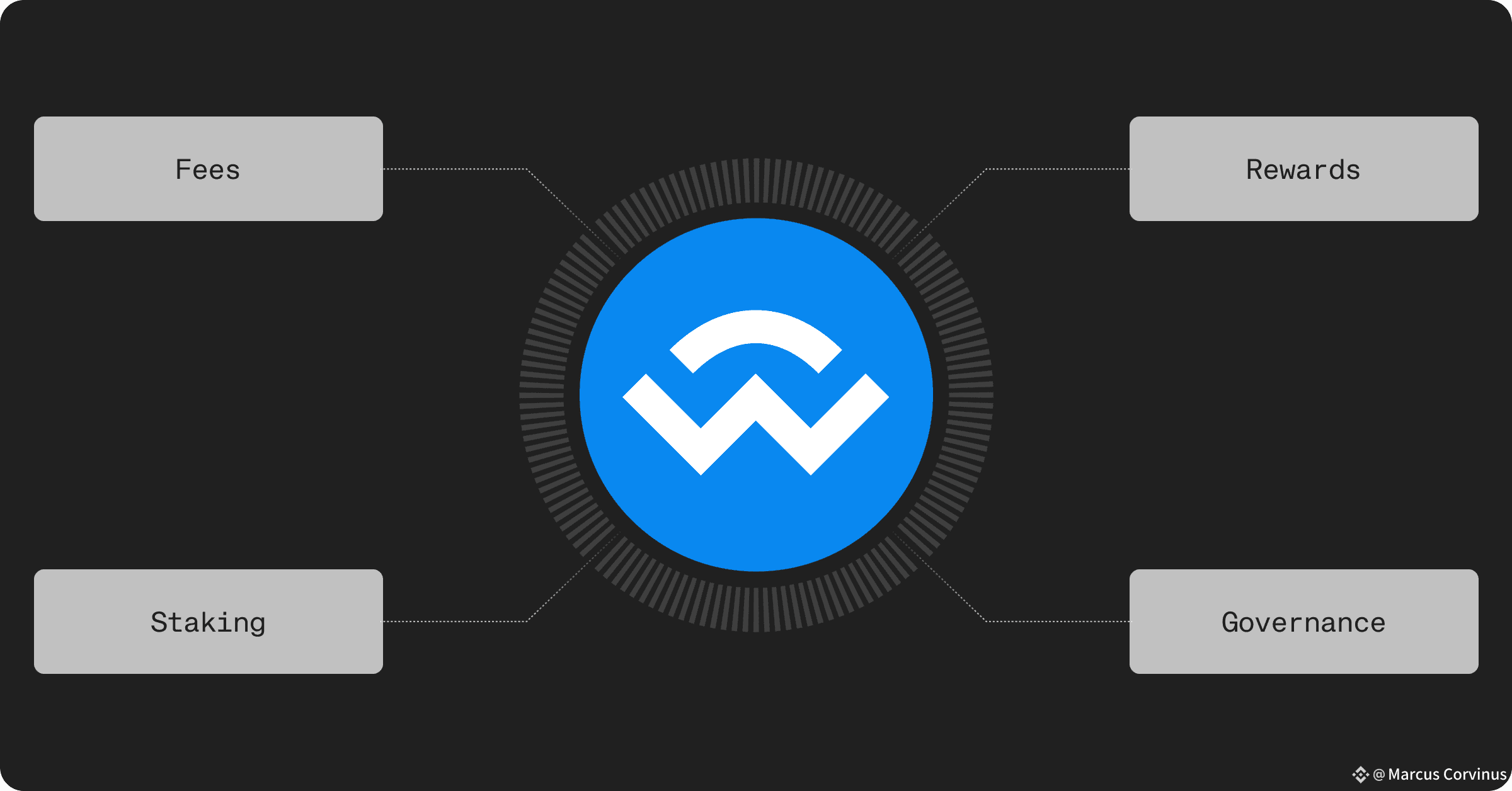
They’re also exploring better developer tools, smoother mobile experiences, and integration with more chains. If they get it right, WalletConnect might just remain the standard way wallets and dApps communicate for years.
LFGOOOO 🥂
If Web3 is a busy city full of roads, WalletConnect is the traffic system making sure cars (wallets) and destinations (dApps) meet without crashing.
And $WCT? That’s like the ticket to run a toll booth, improve the roads, and vote on where to build the next bridge.
I’m a big believer that the future of crypto will be built on invisible tools like this – the ones you don’t even notice, but that quietly make everything work.
